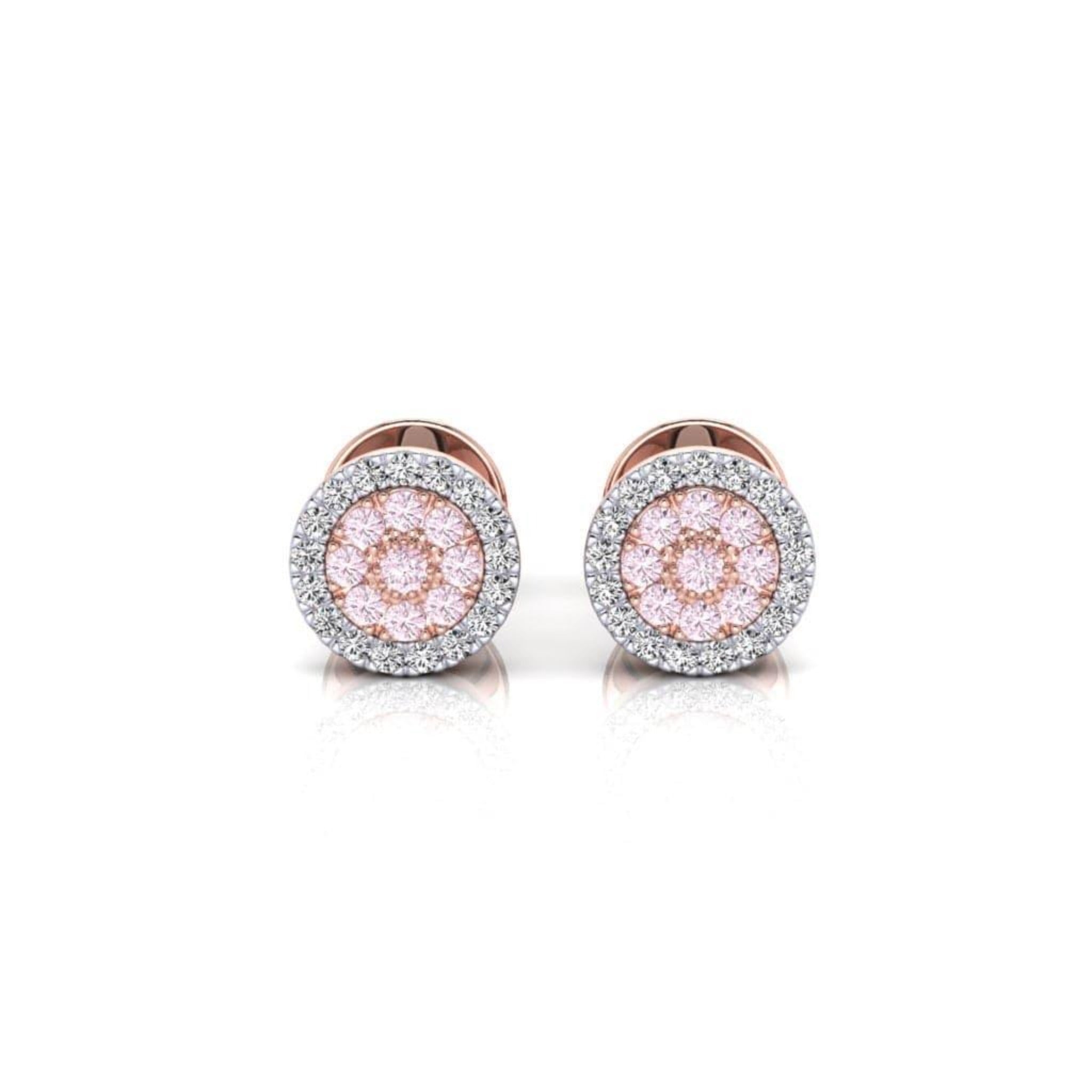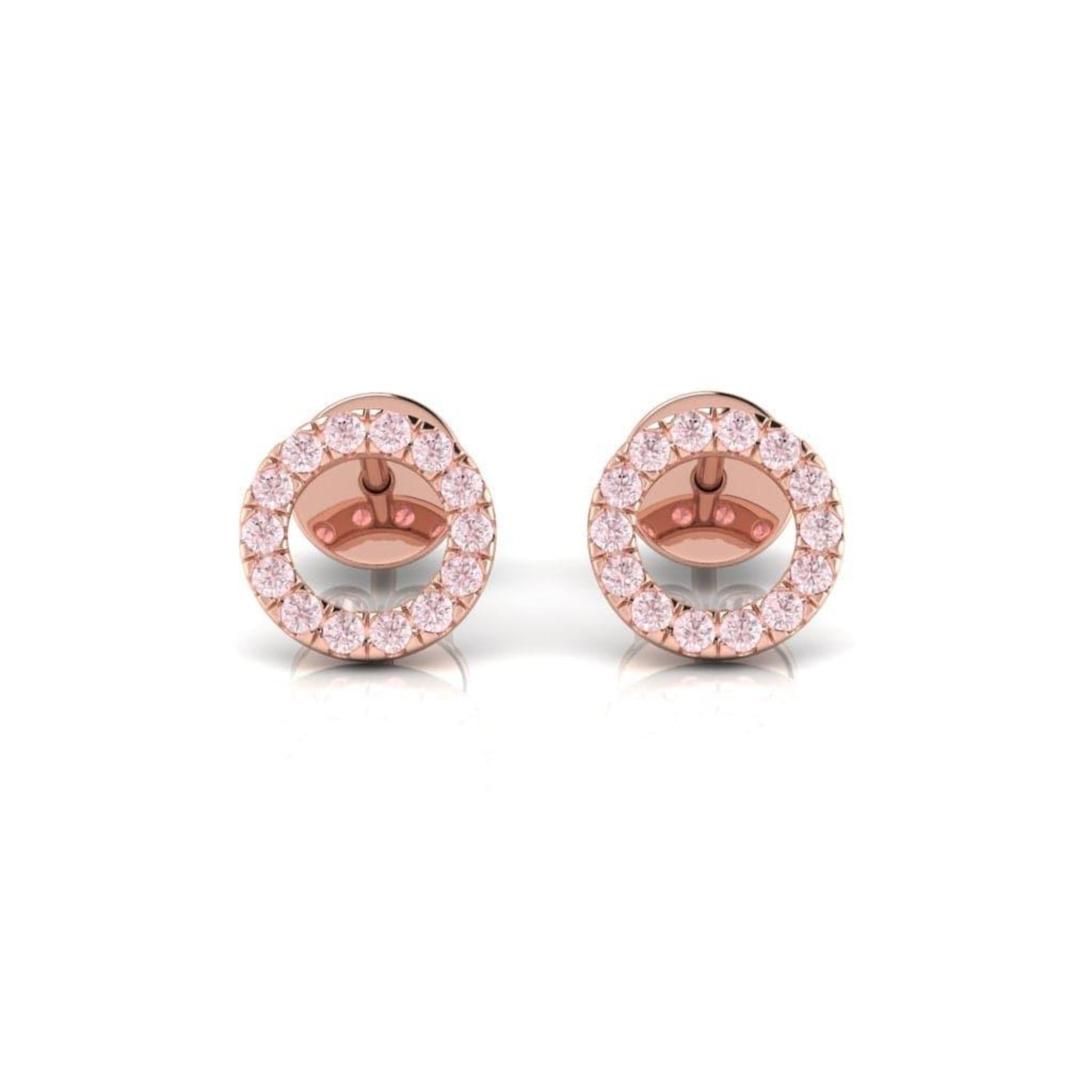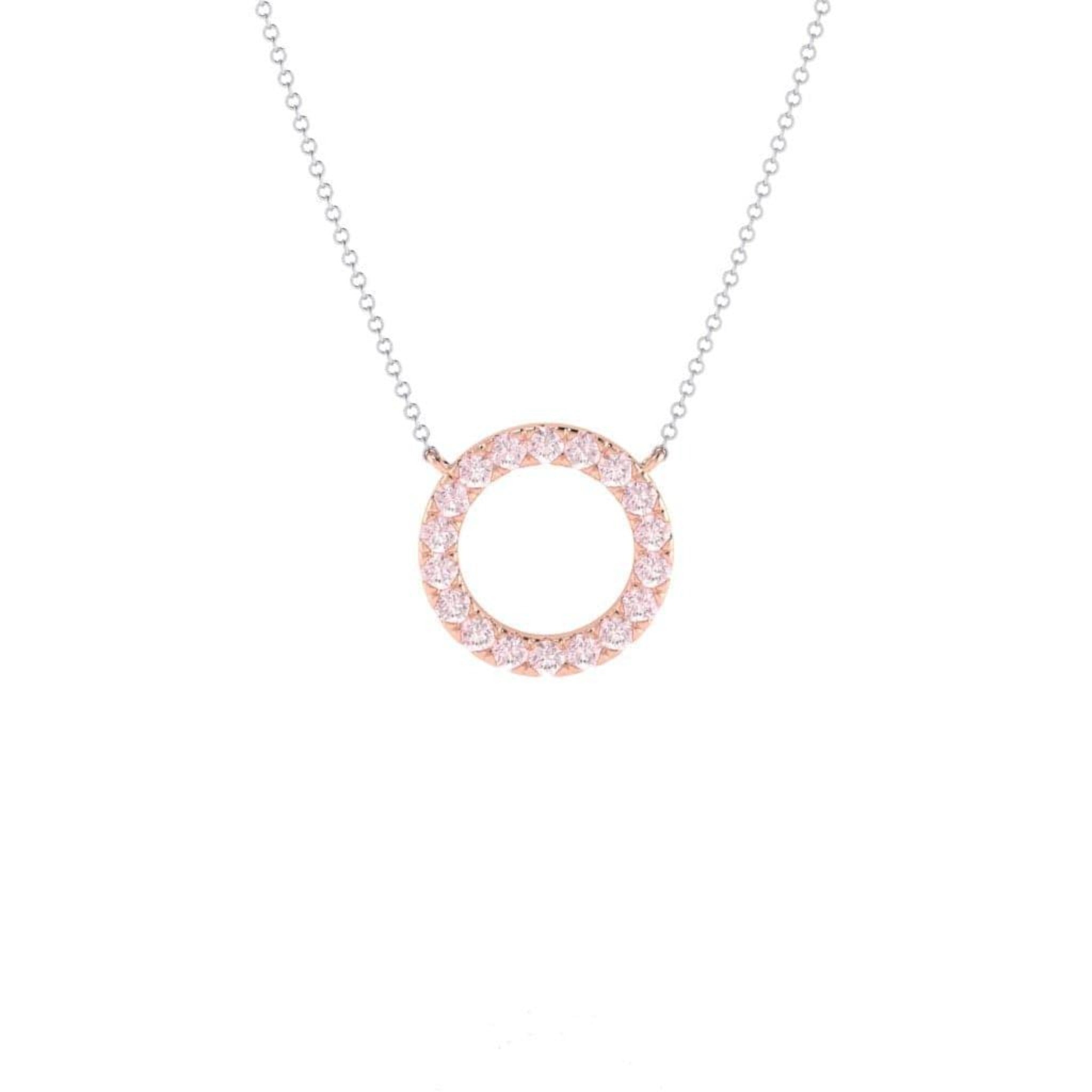The Nature of Emeralds
The Nature of Emeralds

This illustration from the 1817 expedition report of Frederic Cailliaud shows the ancient emerald mining area near Wade Sikait in Egypt, which the Romans referred to as “Mons Smaragdus” (Emerald mountains).
Once the symbol of immortality and faith, fine emeralds have long been treasured for their exquisite colour and beauty. The first historical account of emeralds dates them to ancient Egypt, where they were mined near the Red Sea. These so-called “Cleopatra’s mines” were being worked as early as 3500 BC. Most, if not all emeralds found in ancient jewellery were from these Egyptian mines. Today, emeralds are mined in several countries, including Colombia, Brazil, Zimbabwe, Zambia, Afghanistan, Russia, India, and Pakistan.
Transparent emeralds are traditionally fashioned in the step-cut style. The corners are truncated with facets to protect them from chipping, giving the stones an octagonal shape. This style of cutting is known as the emerald cut.
Historical Perspective
Emeralds were among the gemstones known to the Ptolemaic Egyptians and later the Romans, who called them smaragdi. They were described by writers, such as Pliny the Younger in his Natural History (approximately 79 AD), and in a poem known as the Lapidarium by Abbot Marbod of Rennes (approximately 1070-1080).
Jewellery pieces that contain emeralds have survived since Roman times and have been depicted in some paintings of the period. The emerald crystals (typically opaque to translucent) were often used in their natural form or were slightly polished, with a hole drilled through them so they could be placed on a necklace or in earrings. Some were polished as cabochons or rounded beads. Most early jewellery pieces with documented emeralds date from the Graeco-Roman period (approximately 50 BC to 395 AD). Presumably, emeralds had both an artistic and symbolic or religious importance to their owners.

Emerald Formation
The majority of gem-quality emeralds form in nature under conditions of contact metamorphism. Igneous fluids invade the host rock, which cause changes in the rock. A rare combination of chemically rich solutions, heat, and pressure result in the formation of emeralds.
Inclusions and Fissures
The dynamic forces accompanying emerald formation frequently results in inclusions and fissures. Inclusions are small crystals of other minerals or small pockets of fluid that are “captured” within an emerald as it grows. Although an excessive amount of solid and fluid inclusions can decrease an emerald’s value by reducing its transparency, the presence of a few such inclusions is desirable because they help distinguish natural from synthetic emeralds.
Fractures or fissures in emeralds may result from natural forces, or from trauma to the crystals during mining and recovery. The visibility of these fissures can be decreased through emerald clarity enhancement.
Understanding Enhancements
Clarity enhancement and fracture-filling are different ways of describing the same procedure. Clarity enhancement means improving the apparent clarity of an emerald by filling surface-reaching fissures with an organic filler that has a refractive index similar to that of emerald (a technique similar to repairing a crack in a windshield). The filling process reduces the visibility of surface-reaching fissures, thus enhancing the apparent clarity of a stone.

The use of oils to reduce appearance of fissures in emeralds is an old and widespread practice among emerald traders. References to oils being used to enhance emeralds can be found in The Book of Nature, by Konrad von Megenberg, which was written around 1350 and published in 1475, “...and if one washes it and smears it with palm [tree] oil, so [one] improves its green.” Oscar Schneider refers to the oiling of emeralds in his 1892 report, The Egyptian Emerald, “When an emerald is found, it is thrown into hot oil, then placed into cotton, which is then wrapped in a piece of linen...”
Skilful oiling considerably improves the appearance of emeralds with fissures. Cedarwood oil has been preferred in recent years because its refractive index is close to that of emerald.
Resins, such as Canada balsam, have also been used for enhancement. Today, commercial techniques for emerald enhancement include the use of man-made liquid resins (such as liquid Opticon), which have refractive indices closer to emeralds, as well as hardened or surface-hardened polymers. None of these fillers are permanent, so enhanced emeralds may require re-treatment over time.
Which filler is better? There really is no better option since neither option is permanent. Oil is more temporary because a liquid may easily dry or leach out of the fissures. But an emerald that has been oiled may be cleaned and re-oiled with some ease. Resin is gel-like and may harden, so the resulting clarity enhancement may last longer.
Caring for Enhanced Emeralds
Regardless of the substance used, the goal of emerald enhancement is to make fissures less visible. There has been no evidence that the presence of filler causes harm to the emerald. In most cases, fillers can be removed or altered by ultrasonic cleaning, jewellery repair, or by exposure to alcohol or other organic solvents. To prevent accidental removal of the filler, an emerald should be cleaned only with a soft bristled brush, mild soap, and water. If removal does occur, the fissures can be refilled to restore the stone to its former appearance. With proper care, a clarity-enhanced emerald can remain beautiful for many years.
Disclosure
A buyer has the right to know if a stone has been enhanced in any way. When unsure about the possibility of enhancement, the seller should either inform the buyer that the emerald is likely to have been enhanced, or advise the buyer to obtain a report from a qualified gemmological laboratory stating whether or not proof of enhancement is present.
GIA Reports
Tailored specifically for emeralds, a GIA Emerald Report helps buyers and sellers evaluate quality by providing an objective, scientific assessment of an emerald’s characteristics, including whether the stone is natural or synthetic and whether it has undergone any detectable process to enhance its appearance. The report also describes the degree of enhancement if present, thereby indicating how the emerald may appear if the filler were to deteriorate. Upon request, the report may also list the gem’s geographic origin when determination is possible.
Learn more at www.gia.edu
Information sourced from Gemological Institute of America, INC







